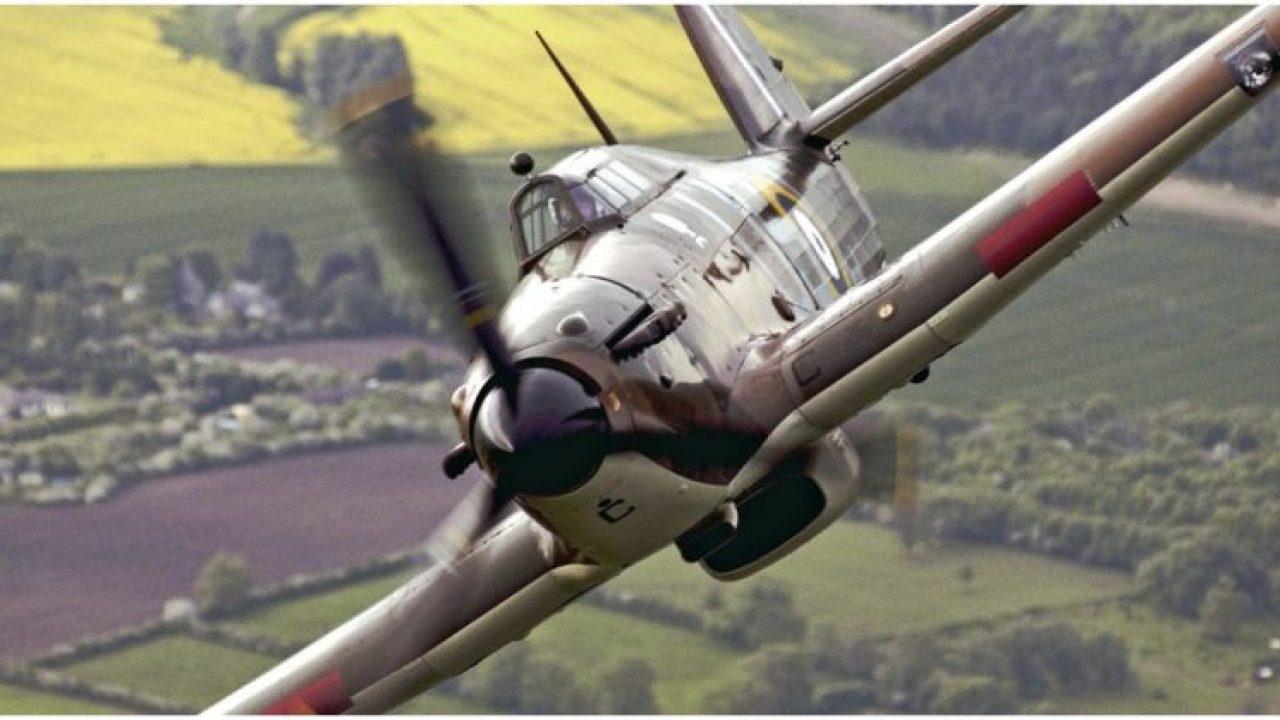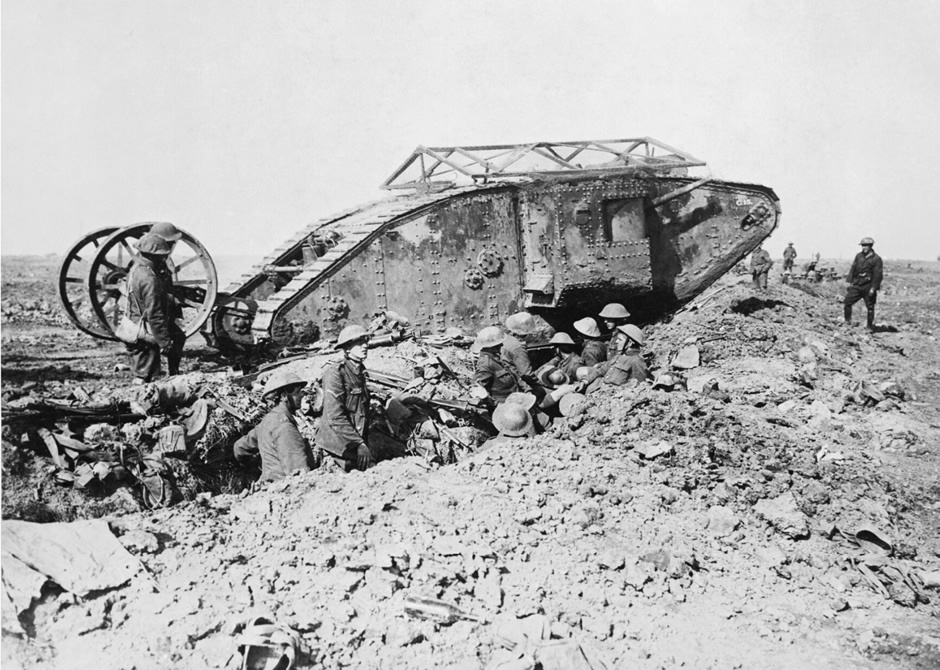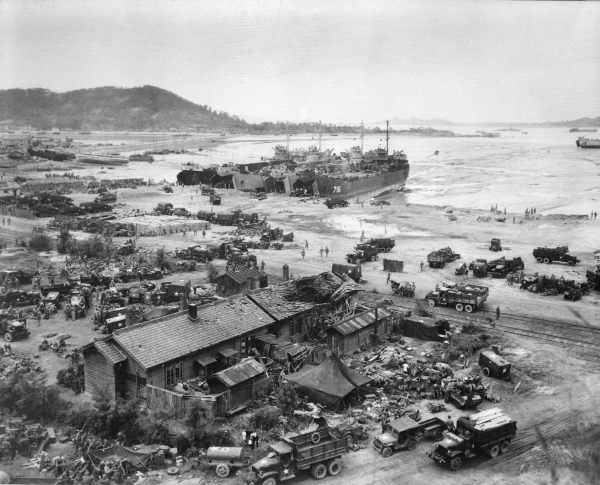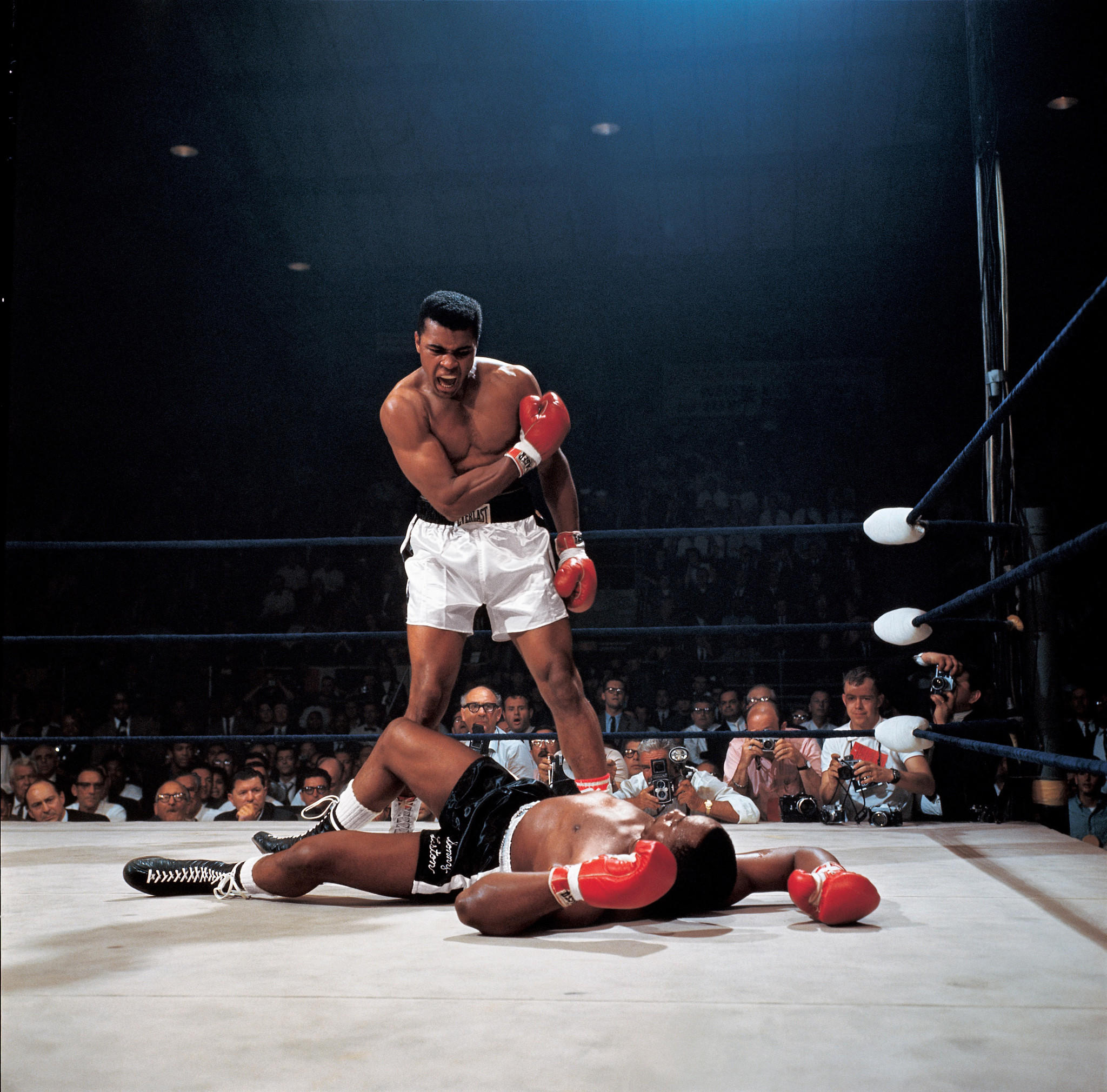First trenches are dug on the Western Front
In the wake of the Battle of the Marneduring which Allied troops halted the steady German push through Belgium and France that had proceeded over the first month of World War Ia conflict both sides had expected to be short and decisive turns longer and bloodier as Allied and German forces begin digging the first trenches on the Western Front on September 15 1914.The trench system on the Western Front in World War Ifixed from the winter of 1914 to the spring of 1918eventually stretched from the North Sea coast of Belgium southward through France with a bulge outwards to contain the much-contested Ypres salient.Running in front of such French towns as Soissons Reims Verdun St.Mihiel and Nancy the system finally reached its southernmost point in Alsace at the Swiss border.
In total the trenches built during World War I laid end-to-end would stretch some 35000 miles12000 of those miles occupied by the Allies and the rest by the Central Powers.As historian Paul Fussell describes it there were usually three lines of trenches a front-line trench located 50 yards to a mile from its enemy counterpart guarded by tangled lines of barbed wire a support trench line several hundred yards back and a reserve line several hundred yards behind that.A well-built trench did not run straight for any distance as that would invite the danger of enfilade or sweeping fire along a long stretch of the line instead it zigzagged every few yards.There were three different types of trenches firing trenches lined on the side facing the enemy by steps where defending soldiers would stand to fire machine guns and throw grenades at the advancing offense communication trenches and saps shallower positions that extended into no-mans-land and afforded spots for observation posts grenade-throwing and machine gun-firing.While war in the trenches during World War I is described in horrific apocalyptic termsthe mud the stench of rotting bodies the enormous ratsthe reality was that the trench system protected the soldiers to a large extent from the worst effects of modern firepower used for the first time during that conflict.
The greatest danger came during the periods when the war became more mobile when the soldiers on either side left the trenches to go on the offensive.German losses per month peaked when they went on the attack in 1914 in Belgium and France 1915 on the Eastern Front and 1918 again in the west for the French casualties peaked in September 1914 when they risked everything to halt the German advance at the Marne.Trench warfare redefined battle in the modern age making artillery into the key weapon.
Thus the fundamental challenge on both sides of the line became how to produce enough munitions keep the troops supplied with these munitions and expend enough of them during an offensive to sufficiently damage the enemy lines before beginning an infantry advance.







